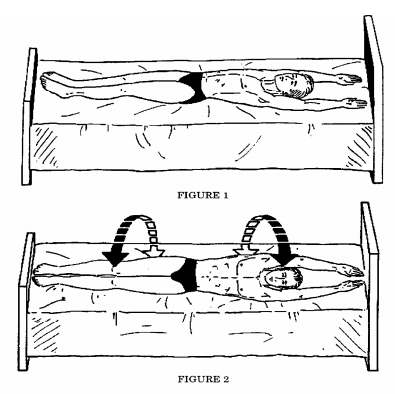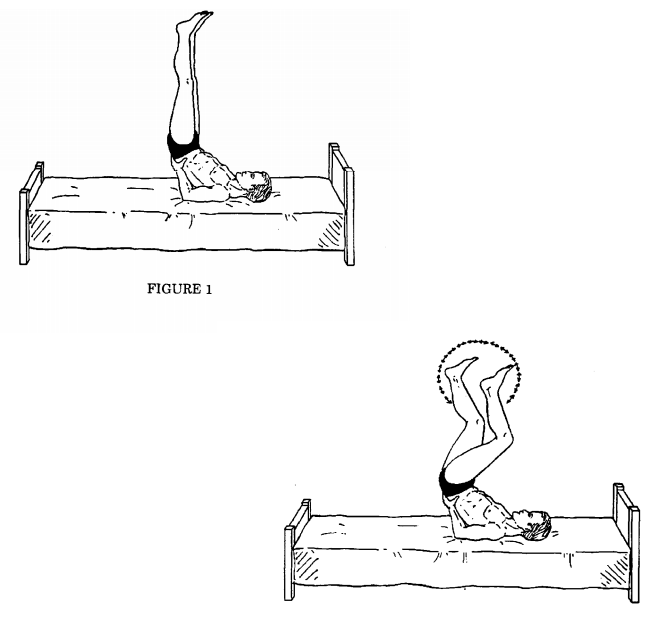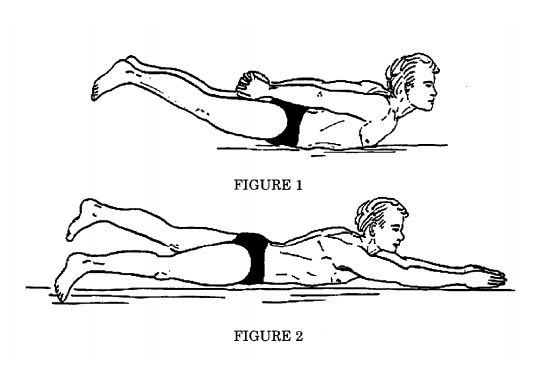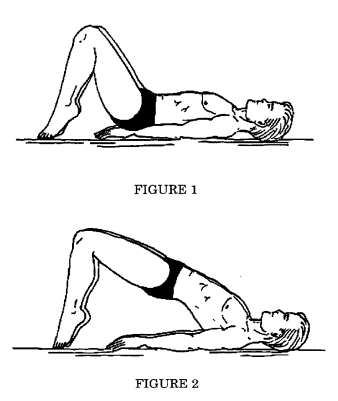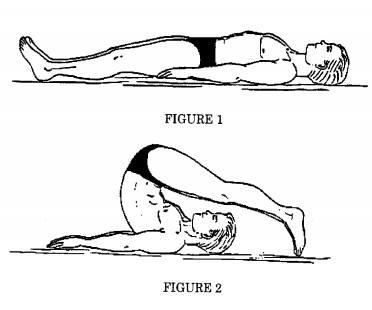When we are talking about short stature, we have to understand that there really is 4 basic causes of short stature.
1. Malnutrition
2. Genetics
3. Pathology (i.e. growth hornome defiency).
4. Psychosocial
For the first cause, malnutrition, that is easily to explain. One’s diet and quantity of good food one can consume early in life determines one’s growth and final height. Less food and less nutrients lead to a stunted growth of one’s maxim potential. This can be correctly for the future younger generation by increasing one’s economy, wealth and more access to food.
For the last cause, psychosocial, that is also easy to explain. One’s mental and emotional state is under so much anxiety or stress, either from one’s situation or surroundings or internally, that one’s height is stunted from one’s psychological makeup or state. This can be corrected by developing a stronger and less stressful environment with good commerce, stable politics, and no wars.
I would assume that for most of use, we are not suffering from such a high level of malnutrition or psychological anxiety that our short stature is from those two causes. So let’s focus on just the two causes in the middle.
One of them is pathological in nature. When a person who is born to average sized parents somehow through random chance or bad luck ends up with some form of osteogenetic disorder, it almost always leads to short height. One of the most common is growth hormone deffiency. The best player in the world right now (in my opinion) Lionel Messi, was diagnosed with growth hormone diffiency when he was just a small child. HIs parents brought him to the doctor since he was shorter by over 1 feet difference between other kids his age. The doctors determined he was not getting the amount of GH in his system. He was treated with GH therapy by daily injections which was said to cost up to $40,000/year (source).
Other types are like Osteogenetic Imperfecta which Sean Stephenson was suffering from. Osteogenetic Imperfecta is where one’s bones are so brittle that it becomes really easy to break. Even though such a disorder is genetic in origin, it was really by chance Sean was born with it, but his parents genes stated he was more likely to be born and grow into a normal sized body. This is short stature from a pathology
The other type of short stature is really genetic in nature. That means that if a geneticist was to look at their genes and hereditary lineage they would say the person would most likely end up in the lower percentile of height within the chosen population group. When one looks at the various countries, ethnicites, and groups of people in the world, there is some noticeable patterns and trends in height that one would be hard to ignore. There just seems to be groups in the world who are just on average taller than another group. The only evidence needed is just from looking at the Wikipedia article on Human Height and check the chart on average heights for different countries of the world (HERE).
People from countries like Vietnam are in general shorter than people from Serbia, and we could state that it is just in the pre-programmed genetics of the group. Sure, there are always a few exceptions and statistical anomalies in every population, but in general the number reveal what the trends are very clearly.
Overall, it is easier to become shorter than taller. It is easier to decrease in height from taller to shorter that to increase in height from shorter to taller.
From a completely clinical or medical point of view, genetic short stature is not defined by the medical community as a disorder or pathology, so it will be close to impossible for people who have genetic short stature to gain the medical communities support in finding a solution to their dreams of height increase. As for the people who develop short stature from a pathology, it is much easier for them to gain the support of the medical and scientific community to find a solution to their size increase ambitions because the medical community has defined those types of disorders, even if they are genetic in cause to be a pathology.
This is why people who are genetically predisposed to be short from their parents will rarely be given GH therapy to increase their height. The doctors don’t think there is anything wrong with them medically. The people who are suffering say dwarfism from a growth hormone diffiency like Messi can claim they are suffering from a medical disorder and endocrinologist will be okay in giving them GH therapy and expensive injections.
Now is it fair that some people can easily get GH therapy treatments and others don’t? No, but that is the current status quo at this time within the medical community and society . If you develop short stature because your parents were on the short side, the doctors probably won’t help you. If you develop it from random chance, the doctors will be willing to help out.

